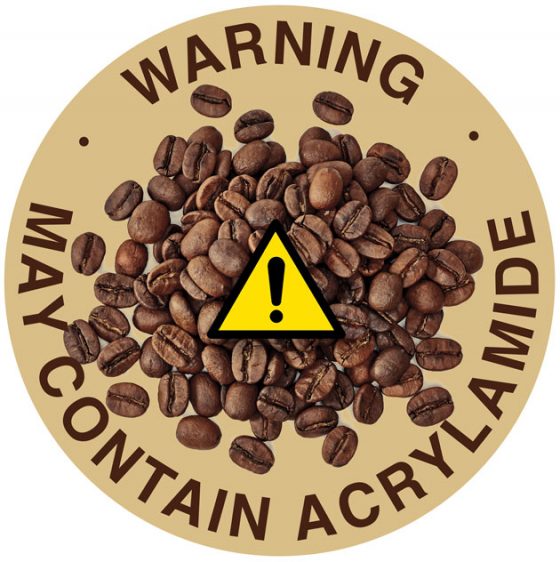 If a new court decision in California is enforced, baristas will have to place another label on cups next to customers’ names—a cancer warning.
If a new court decision in California is enforced, baristas will have to place another label on cups next to customers’ names—a cancer warning.
Last week, a Los Angeles Superior Court proposed a decision against coffee makers in a lawsuit that has been brewing in courts for years. The Council for Education and Research on Toxics claim that by selling coffee with trace amounts of acrylamide—a chemical classified as a carcinogen, but one that occurs naturally from the roasting process—retailers are exposing consumers to a health hazard. This would ultimately put sellers in violation of California Proposition 65, the Safe Drinking Water and Toxic Enforcement Act, which requires businesses that expose customers to hundreds of chemicals to post warning labels notifying them as such.
In his proposed decision, Los Angeles Superior Court judge Elihu Berle wrote:
“Since defendants failed to prove that coffee confers any human health benefits, defendants have failed to satisfy their burden of proving that sound considerations of public health support an alternate risk level for acrylamide in coffee.”
Should the decision go into effect, businesses that fail to provide the warning notice will be subject to a fine of up to $2,500 a day for each violation.
This news has California’s coffee drinkers, sellers and roasters boiling. After all, people have been imbibing the dark nectar of the gods for hundreds of years and very few, if any, causal connections have been made between it and cancer.
On March 29, the National Coffee Association (NCA) released a statement in response to the ruling and dispelled the notion that coffee can be cancerous:
The industry is currently considering all of its options, including potential appeals and further legal actions. Cancer warning labels on coffee would be misleading. The U.S. government’s own Dietary Guidelines state that coffee can be part of a healthy lifestyle. The World Health Organization (WHO) has said that coffee does not cause cancer. Study after study has provided evidence of the health benefits of drinking coffee, including longevity—coffee drinkers live longer.
Retailers have some options in reaction to the developments. Last year, Bloomberg reported that the “few coffee sellers that have settled rather than keep fighting,” were hopeful that “people in California are so accustomed to seeing the signage that they will tune it out.” In October 2017, Starbucks and some other retailers preemptively placed warnings signs in stores—which may serve as a hedge against fines for millions of cups of coffee sold over several years.
Sellers could create cups specially marked for California sales, which may disrupt its supply chain and increase costs. They could also opt not to sell in California at all, which is unlikely, since the state’s economy is booming with coffee suppliers. With nearly 75% of California’s population being older than age 18, millions of dollars in per-cup sales may hang in the balance.
The decision is not final, however. In the NCA’s statement, president and CEO William “Bill” Murray said: “Coffee has been shown, over and over again, to be a healthy beverage. This lawsuit has made a mockery of Prop 65, has confused consumers, and does nothing to improve public health.”
For further insight into the unintended consequences of Proposition 65 and other well-intentioned regulations visit here.

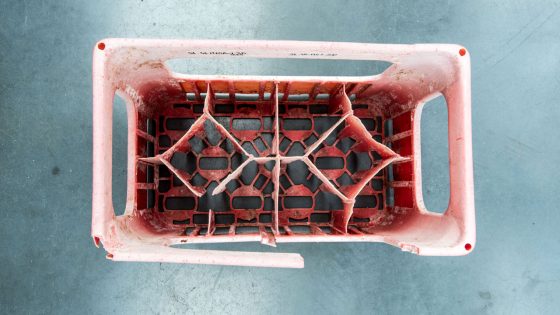 A giant island composed of plastic waste thrice the size of France is floating in the Pacific Ocean. The Great Pacific Garbage Patch (GPGP) contains 1.
A giant island composed of plastic waste thrice the size of France is floating in the Pacific Ocean. The Great Pacific Garbage Patch (GPGP) contains 1.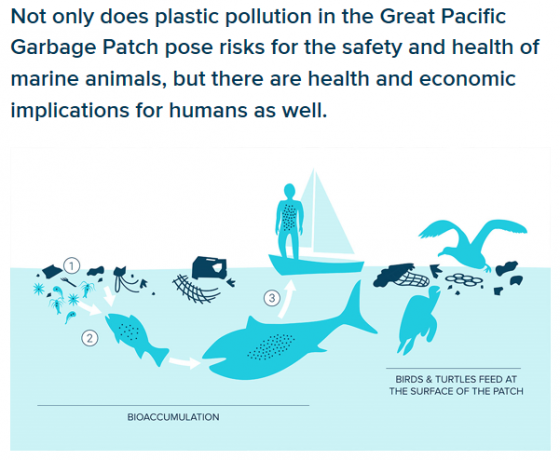
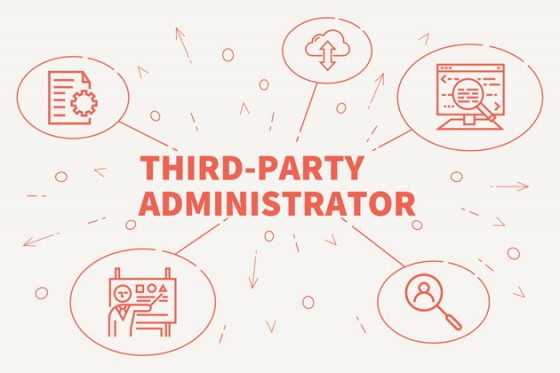 isn’t right, the risk manager may be left with poor claim outcomes, higher claims and insurance costs, and difficulty identifying issues and making corrections.
isn’t right, the risk manager may be left with poor claim outcomes, higher claims and insurance costs, and difficulty identifying issues and making corrections.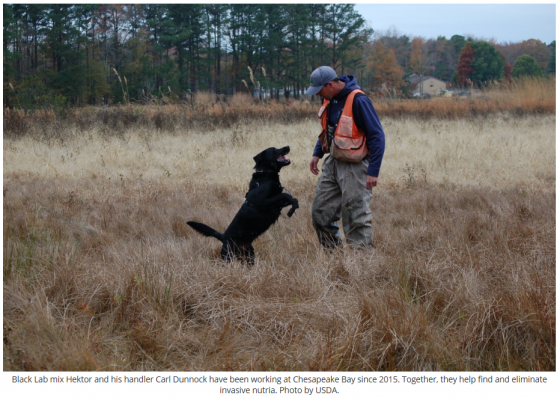 Today, March 23 is National Puppy Day, celebrated by organizations everywhere that benefit from the smarts and loyalty of our canine friends. Dogs assist humans in a number of situations including bomb-sniffing dogs on the battlefield, TSA dogs used in airports to locate contraband and as reported
Today, March 23 is National Puppy Day, celebrated by organizations everywhere that benefit from the smarts and loyalty of our canine friends. Dogs assist humans in a number of situations including bomb-sniffing dogs on the battlefield, TSA dogs used in airports to locate contraband and as reported